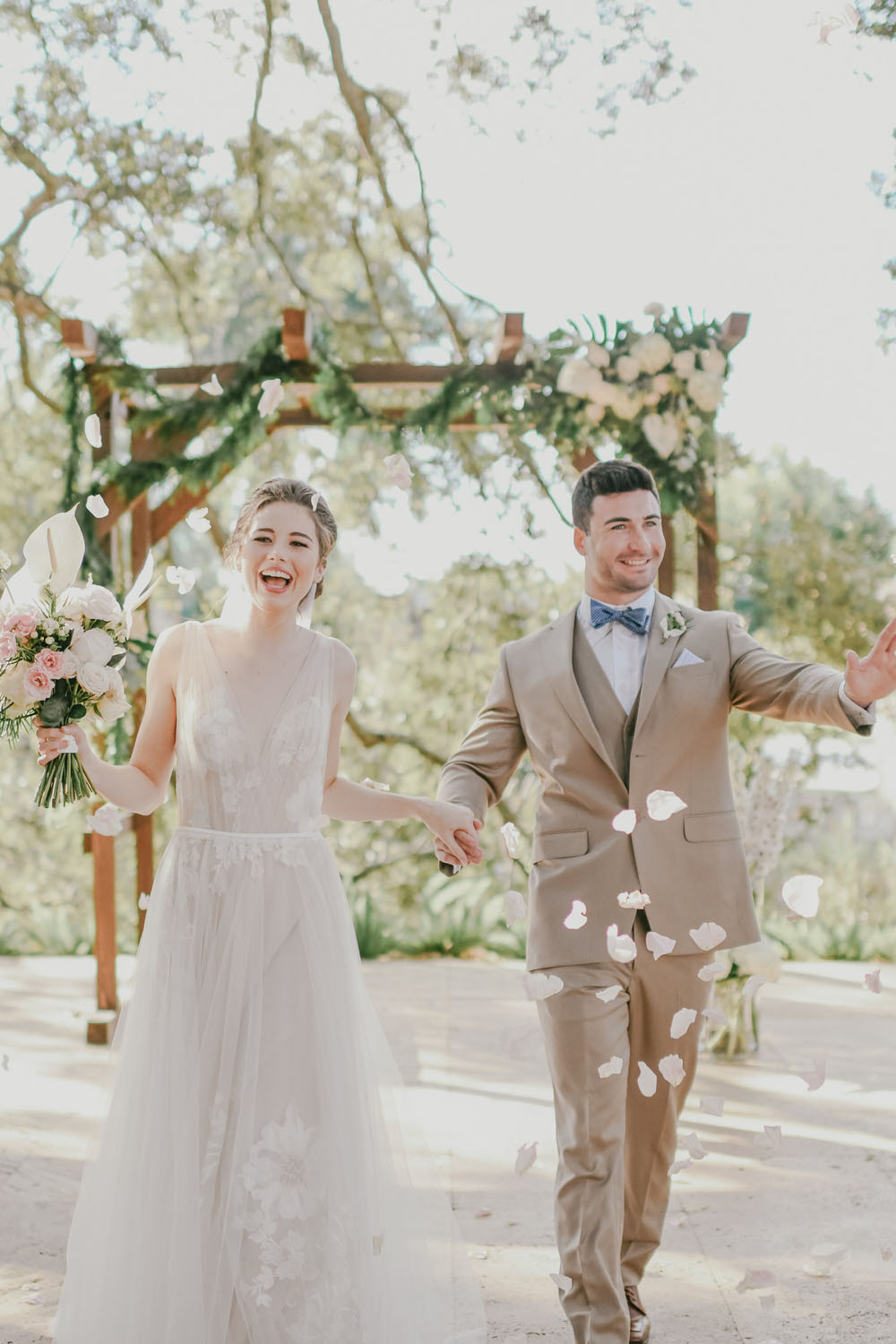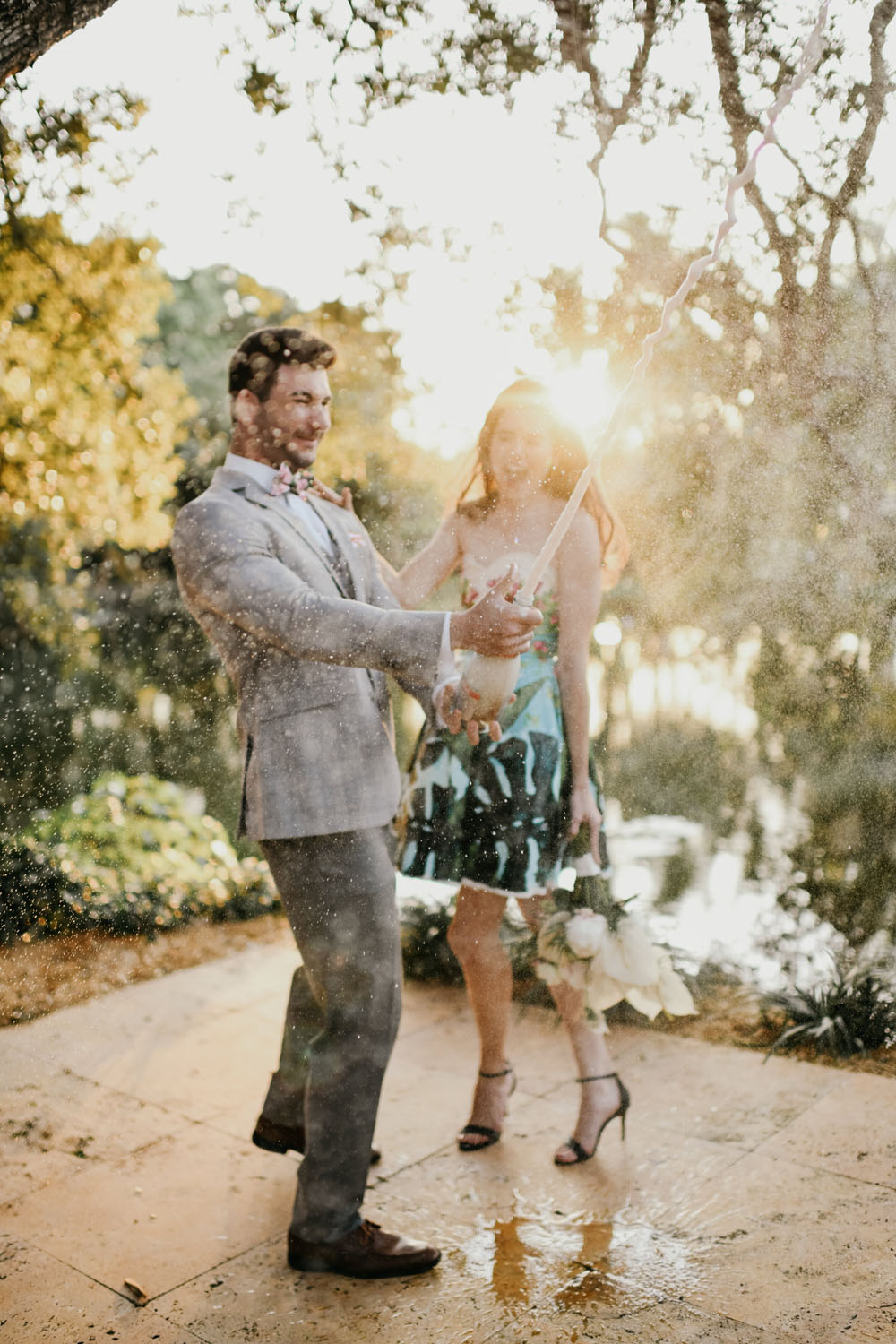Congratulations, you are newly engaged and about to embark on the journey of a lifetime (be sure to also check out our blog on the 5 steps to starting the planning process). You’ve got the ring and you’ve started thinking about your day…what could be more magical!
Well, I’m going to present a dose of reality (and then we’ll get back to all the fun and pretty things). We need to talk about the B Word…Budget. And you need to know what things cost.
So how do you determine a budget? If you are like many couples, you’ll search Google and the internet and review what the experts list as the “average” cost in your area. It ranges, but leading wedding resources claim the average U.S. wedding cost $38,700. This is a large sum of money for one day. Even if it’s one day you’ve been dreaming about and will never forget. After you’ve researched and feel comfortable with the figures you’ve seen, you’ll set your budget and probably start to make a few calls to venues, photographers, bands and florists. And then confusion and frustration sets in because the pricing from the actual professionals is double the information you found online. I planned my wedding, I get it. I’m not saying it isn’t possible to have a beautiful wedding for $38,000, if you are having an intimate wedding of 25-30 guests that’s not in a big city. In most cases it is not going to be reality for those planning and expecting 150-200 guests.
So how do you sift through all the noise and know what’s real? How do you trust the pricing you are getting from professionals is fair? This process should be joyful and fun and not tainted because you feel the industry is out to take advantage. My goal is to provide some tips that will help you understand the industry so you are able to create a realistic budget for YOU. So let’s talk this out!

1. There are caveats to everything
We all know it, not everything we read on the internet is true – shocking, right? It’s never more true when planning a wedding. You need to have “boots on the ground” and get the information directly from those providing the service. Break it down by each category. If you were considering a home remodel, you would get a few quotes to compare. This is the same, compare pricing and ask for referrals. This will help you determine what an “average” price is in your area. You can then decide whether it’s comfortable for you and your budget.
2. Determine priorities
If you want to make a statement with the florals or having an amazing band is key, then allot more in the budget for this. As with anything, you want to blend quality with value. Your priorities (nonnegotiables) are what you are willing to spend more money on. You can then cut back on the other areas that aren’t a priority. Now if you start to spend more on the things that don’t matter as much, we should have a conversation😊
3. Perceive your percentages
It’s always easier to look at things in percentages and using this method can simplify and make it easier to justify expenses. For example, the venue, food and beverage is usually roughly about 40% of your overall budget. If you’re interested in a specific percentage breakdown by category, send me an email or click here and I’m happy to share what we’ve developed for clients.
4. Expect the Unexpected
Make sure your budget accounts for the unexpected. Maybe you HAVE to have that specialty bar or those louboutin shoes (yes, I’m a shoe lover). Also, it’s not required, but anticipate any tips you want to give to the team that has worked tirelessly to create an unforgettable experience and made this day happen for you. It’s not possible without them!
5. Entrust a Professional
If the above scenario resonates with you, I can’t say it enough, higher a planner, higher a planner. Navigating all the pieces of planning a wedding is daunting and usually takes 8-12 months. You want a partner who will respect your budget and be honest about cost. Unfortunately, there is no standardization in the wedding industry (a topic for another day), so you can find services/products at a variety of price points. But the catch is whether the result will meet your high expectation. For example, you could tell a florist your budget is $5,000 and many will happily base their proposal on this. However, will the centerpieces resemble the pictures you’ve shown, does it include the particular flowers you want, what type of container are they proposing? If your dream is to have abundant candlelight and lush, romantic flowers everywhere the reality is this takes a lot of flowers, larger containers and ultimately more money.
My priority has always been to balance budget, quality of service with your vision to present the best value. This means sometimes saying what is hard to hear, i.e., this is going to cost more…” but I always follow that statement with, but let’s look at everything and determine what will make the biggest impact and eliminate what is really fluff.” This is what a planner should do to ensure there are no unforeseen expenses at the end. It’s about creating the best experience for you and your guests, not how much you spend.
I know talking budget and trying to determine what’s fair pricing is stressful when all you want to do is look at pretty things and discuss fun the things -like colors, design and attire. It is honestly one of the hardest conversations for me to have with my clients. The budget is not a fun discussion and many times I feel like I’m dragging you down from the cloud you’ve been on since the proposal. Trust me I’d rather avoid it. But I wouldn’t be doing my job and providing my client with the tools to plan a successful event.
So my advice, have the discussion early, agree upon on budget that works for you and YOUR event so you can get back to all the fun and that glass of bubbly!

leave a comment